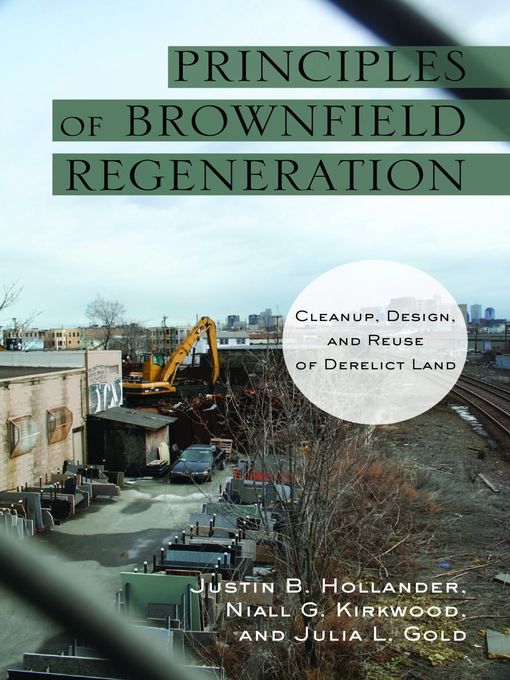The U.S. EPA defines brownfields as "idle real property, the development or improvement of which is impaired by real or perceived contamination." The authors of Principles of Brownfield Regeneration argue that, compared to "greenfields"-farmland, forest, or pasturelands that have never been developed-brownfields offer a more sustainable land development choice. They believe that brownfields are central to a sustainable strategy of thwarting sprawl, preserving or regenerating open space, reducing greenhouse gas emissions, and reinvesting in urbanized areas. Drawing on interviews with people involved in brownfield projects as well as on their own considerable expertise, the authors use five case studies to describe the steps for cleaning up a site and creating viable land for development or open space.
- Available now
- New eBook additions
- New kids additions
- New teen additions
- Most popular
- Try something different
- New Nonfiction Ebooks
- New Fiction Ebooks
- Stars Cook
- See all
- Available now
- New audiobook additions
- New kids additions
- New teen additions
- Most popular
- Try something different
- See all
- Home & Garden
- Sports
- Health & Fitness
- Hobbies & Crafts
- Food & Cooking
- Celebrity
- News & Politics
- Travel & Outdoor
- Family & Parenting
- See all

